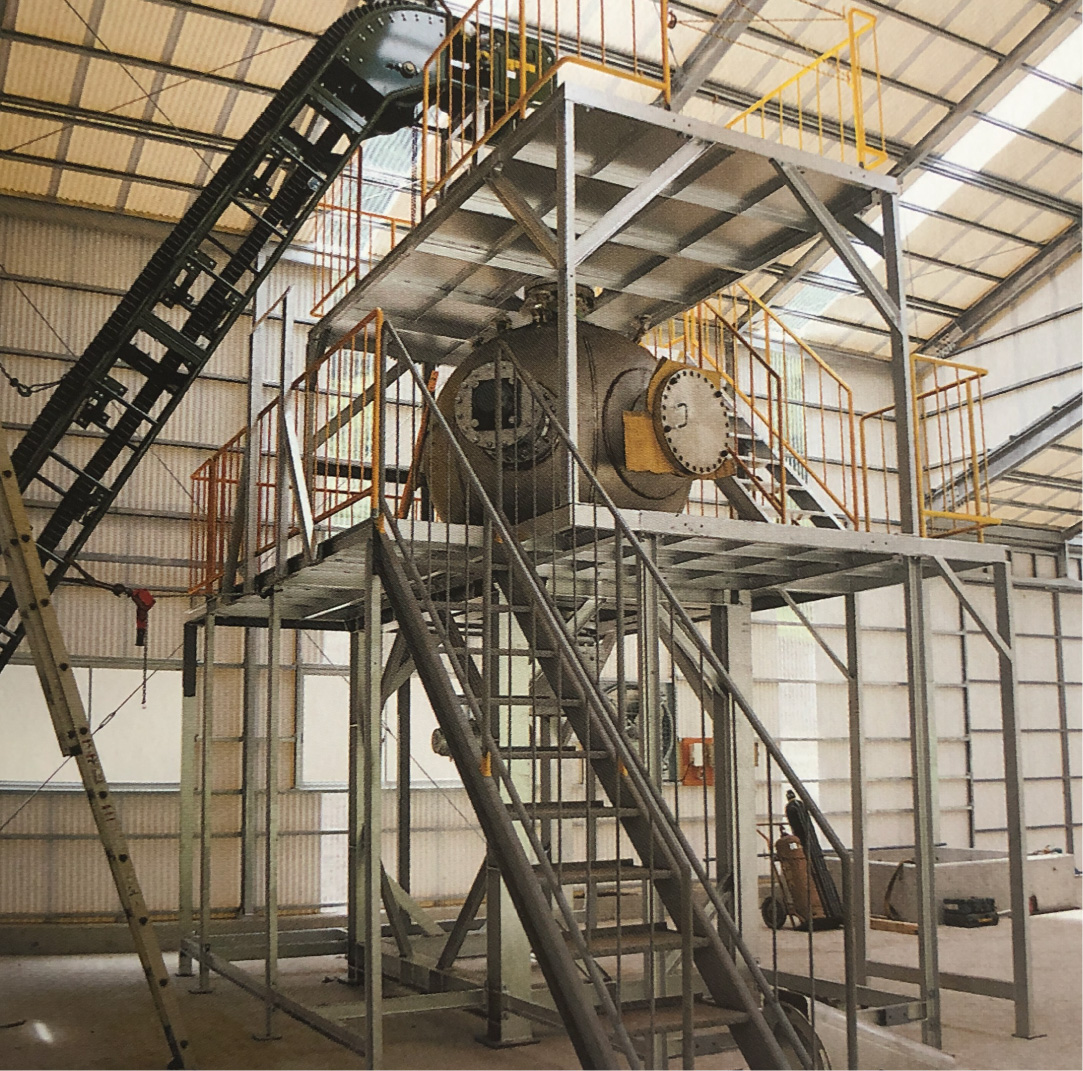HYBRID NAGOMI
Create new "resources" by electrolysis and high-temperature,
high-pressure treatment.
HYBRID NAGOMI
Non-incinerator organic waste pressurized hot water treatment

concept
With local environment improvement technology A rich earth for children!
The treatment of industrial waste by hydrolysis brings great expectations and changes to the improvement of the local environment, and the guideline is to deliver a lush global environment to children.
Hydrolysis treatment at high temperature and high pressure turns waste into valuable resources, and decomposes and detoxifies medical waste that causes pathogens such as recycling and detoxification of harmful heavy metals, as well as bacteria, molds and viruses. It is an innovative new processing technology that can contribute widely to modern society.
The generation of dioxins and CO2, which is a major problem in the incinerator method, and the treatment of harmful heavy metals contained in incinerator ash and fly ash remain a problem, but the non-incinerator method of hydrolysis treatment generates dioxins and CO2. I will not do it. Hazardous heavy metals can be molecularly decomposed and detoxified.
The biggest feature
- Compared to the conventional processing cost, it is easy to recycle at a low processing cost.
- Hydrolyzing food-related waste creates high quality value as “sterilized feed”.
- The sterilization technology can eliminate the worry of “mad cow disease” that shook the world, and it is possible to completely treat the infectious disease that was a concern with bird flu by sterilization treatment with high pressure and high temperature.
- Livestock excrement and sewage sludge can be reused as fertilizer and compost, and sales revenue can be expected.
- Energy can be generated from organic waste such as “ethanol and solid fuel”.
- The cow dung processed in our plant has been approved as an organic fertilizer. This fertilizer is a “hybrid fertilizer” that has both the immediate effect of chemical fertilizer and the slow effect of conventional organic fertilizer.
- By using this fertilizer, the NEXT guideline is to assist next-generation agriculture, such as simplifying maintenance and increasing yields.